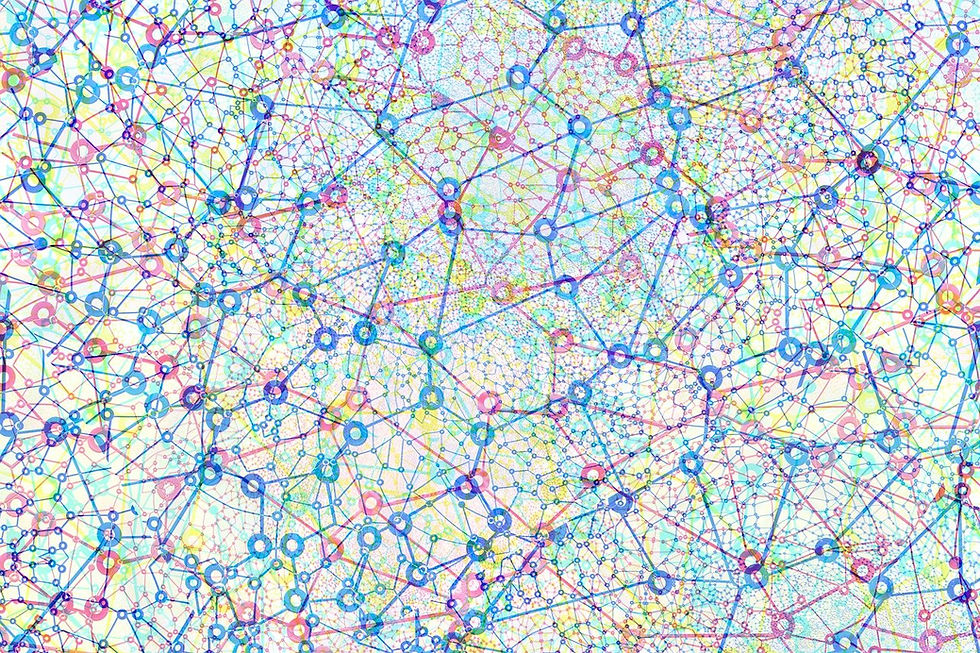
This is part one of a new series on developments in biomedical science. Each month we will be choosing and reviewing an example of a new innovation or application that we believe is relevant to public health and science communications professionals.
As we emerge from the COVID-19 pandemic, many of us in science and health communications are taking stock of the landscape, wondering how the same mistakes can be avoided and what can be done now to prevent similar failures in the future. While it is easy to blame ignorance or lack of education on the part of the public, experts in the sciences are not necessarily adept at communicating outside of their own often hyper-focused disciplines. There is no doubt that science literacy is lacking in the U.S., but the vast majority of scientists are likewise not communication experts.
One example of the disconnect between researchers and the public from the early days of the pandemic stemmed from a misunderstanding of the term “sterilizing immunity.” Sterilizing immunity refers to a type of immunity whereby the host is able to avoid infection altogether, or the pathogen is eliminated in the host before it is able to replicate. But in layman’s terms, “sterile” or “sterilizing” has a different meaning. This misunderstanding and the subsequent silence from the biomedical research community, along with the failure of news organizations to translate medical research accurately for the public, gave rise to the trope that COVID-19 vaccines cause reproductive sterility. This ultimately contributed to excess COVID-19 deaths via vaccine hesitancy. The irony is that COVID-19 does indeed cause sexual dysfunction, specifically erectile dysfunction, and vaccines greatly reduce that risk.
On the flip side, the pandemic has also removed some barriers and opened up opportunities for collaboration within and between disciplines which have the potential to drive a renaissance in biotechnology, public health, and personal health care. Medical and science communication professionals have a critical role to play in shaping this new growth by presenting information in a manner that increases access for researchers, public health officials, and healthcare professionals while fostering cross-discipline cooperation and coordination, and avoiding communication pitfalls like the aforementioned.
This change in perspective has been embraced by many researchers, leading to a shift in attitudes and the development of new tools. The Single Cell Atlas (SCA) created by Swedish and Chinese researchers is an excellent example of this more collaborative philosophy that is beginning to emerge in the biomedical and biotech sciences. The SCA is an open access atlas of single human cells that caters to a wide variety of research specializations. The atlas includes both fetal and adult cells and contains data regarding genetic and molecular sequences, transcriptomics, proteomics, immune profiles, and genotype-tissue expression to name a few. It pulls together the combined knowledge of many highly specialized knowledge domains within the field of molecular biology and makes them accessible to anyone interested. The researchers plan on adding to the atlas as new research continues to push the boundaries of our understanding of single cell dynamics.
As researchers and communications professionals, we often conduct literature reviews on the items listed above to look for relationships between our item of interest and other cellular “omics” (specific areas of interest within the cell). With the SCA, the work is already done for you, and it offers a more inclusive snapshot of the biological context in which we conduct our research. The obvious benefits are accelerating the speed with which researchers can make connections that increase our understanding of human biology and encouraging researchers to collaborate further.
In today’s post-pandemic world, there is no value in having experts confined to intellectual, academic, or corporate silos guarding data and fighting for funding. When researchers share information and resources across disciplines, their work benefits from a bigger picture perspective. For instance, increased knowledge of cell cycle regulation and dysregulation will always have value for the researcher as it is foundational work. But when this type of work is viewed through the lens of carcinogenesis, population genetics, or infectious disease it can have an altogether different value. Projects like the SCA can greatly increase the speed at which new knowledge becomes discoverable by researchers working outside of a very specific area of specialization.
The bottom line is that despite the setbacks of the pandemic, this is an exciting time to be in the medical/science communications field. New technologies like artificial intelligence will offer many opportunities for excellence and innovation. The key is in recognizing them and communicating their value in a timely and effective manner. But in order for the public to benefit from these innovations, we also need to be putting in the leg work of educating those beyond the STEM disciplines in what we do and why it matters. We need funding not just for the basic research that goes into building a resource like the SCA, but also for research into effective communication strategies. And we need to make the work of science and medical communications professionals more visible and perhaps more central to the research process itself.

Comments